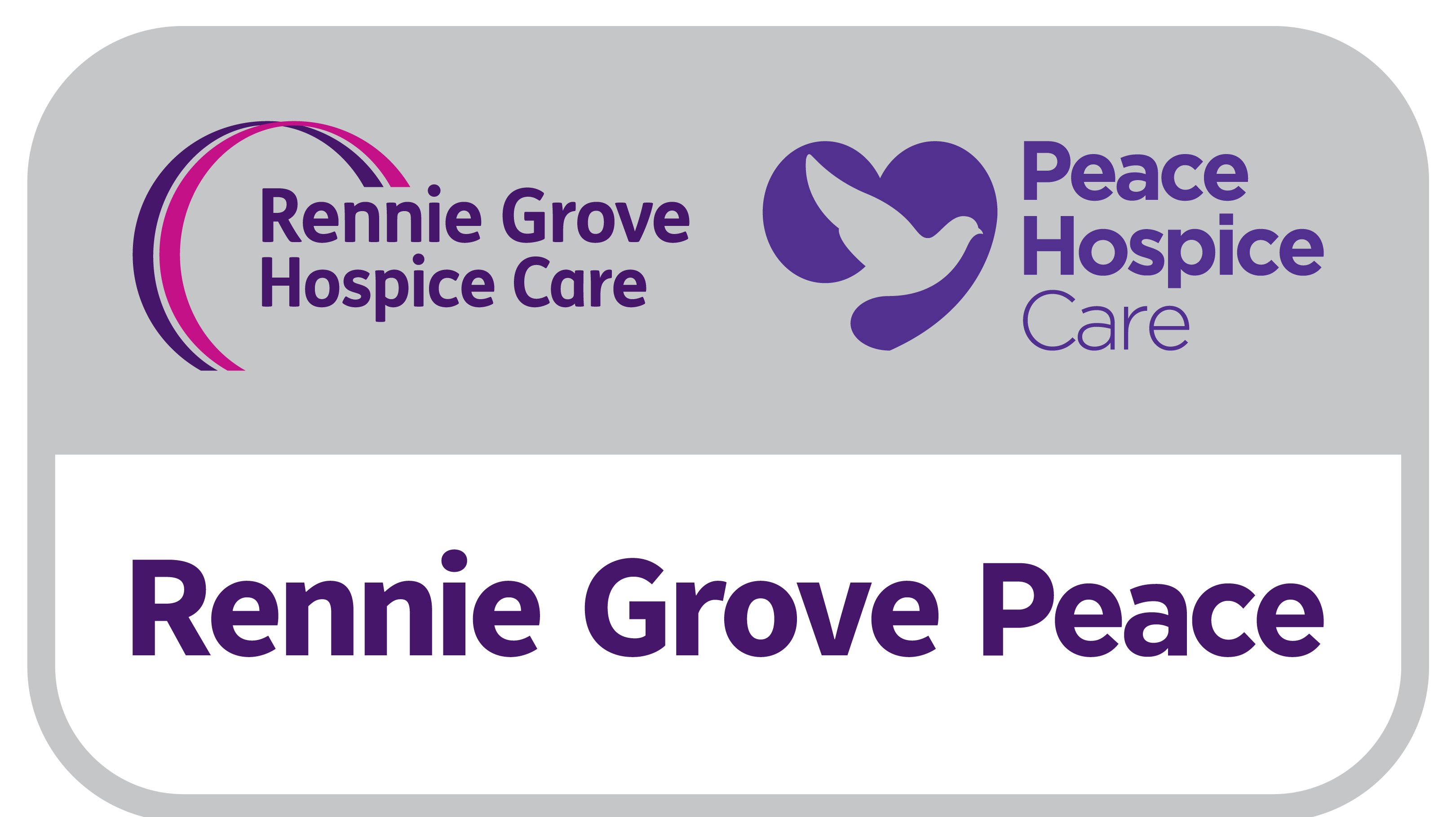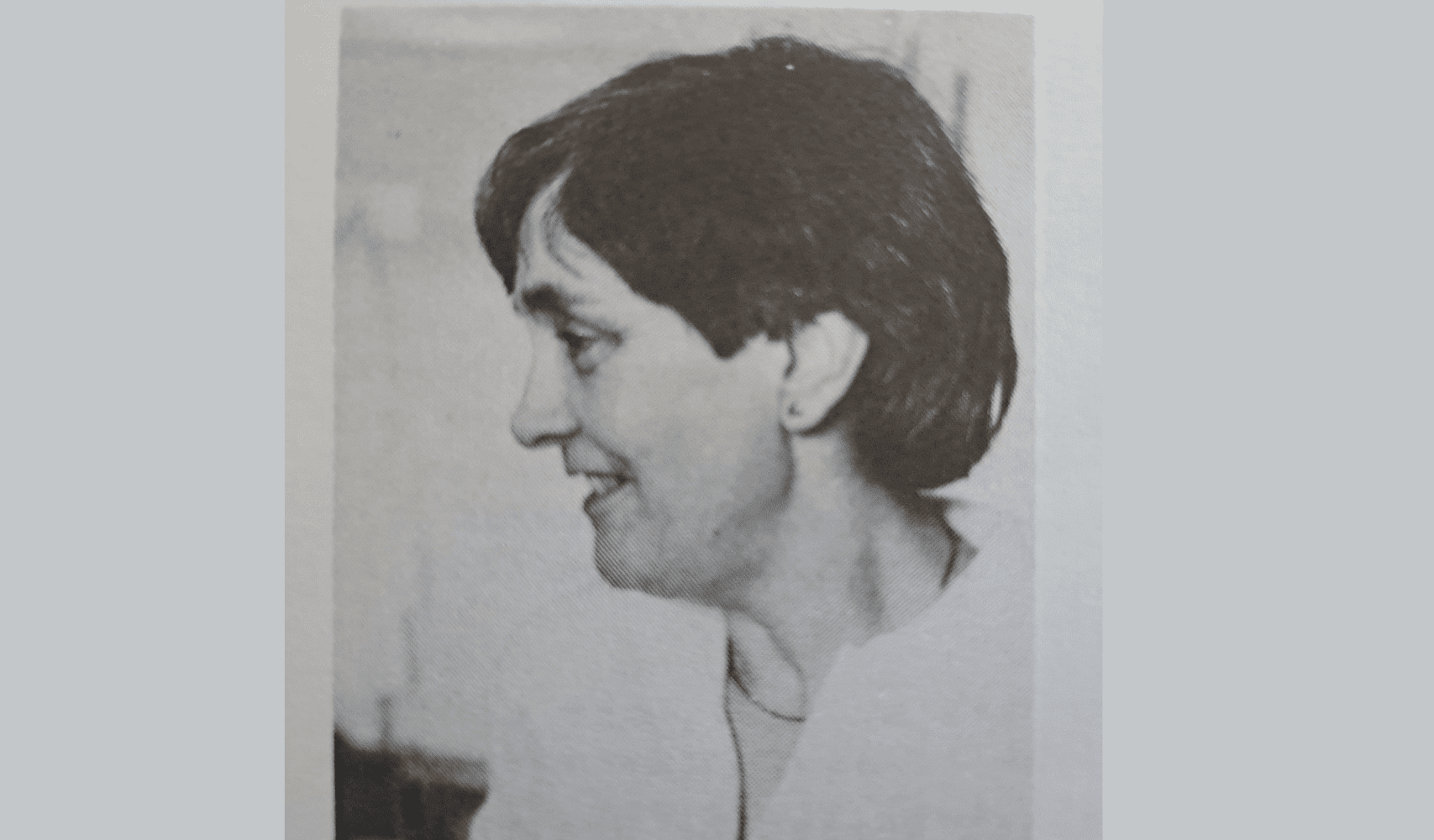“We were all volunteers who could see a need for extra care for patients who were very unwell.” – Mary Kirk
In 1982 Mary Kirk, a medical social worker, became one of a small group of people in St Albans to provide support for people with a life-limiting illness, often cancer, in their own homes. This was named the ‘St Albans City and District Hospice Care Team’ which established a volunteer scheme where volunteers were matched with patients to provide companionship and support within a patient’s homes. The Team also established a Macmillan Nurse Service in the area. After that, in 1986, she qualified as a counsellor and started providing bereavement support for those affected by loss.
Mary Kirk says,“In 1982, eight of us came together to form a Hospice Care Committee with the aim of establishing hospice care in St Albans.”
“We were all volunteers who could see a need for extra care for patients who were very unwell, usually with cancer. The Committee was formed of a consultant physician, four GPs, a district nurse, a teacher (who, as the secretary, liaised with the Cancer Relief Association to establish Macmillan Nurses) and myself.
“Before that I’d been working as a medical social worker at the hospital alongside a gynaecologist specialist. We had a few cancer patients, and it seemed to me that there was a need for some extra help for these people. My mother also died from Cancer in 1959, so it was an area that was of special concern for me.
“As a committee, we decided the best course of action was to train up volunteers so they could support patients in their homes”
“The scheme had barely started when a District Nurse asked me to go out with her and visit five or six different families who she felt would benefit from some volunteer help. I remember that this gave me an added incentive to recruit more volunteers.
“Our team of volunteers provided companionship and help with things like household chores and dog walking. I became responsible for interviewing volunteers and setting up courses for them, so the volunteers had some background knowledge about the type of support they needed to provide.
“We didn’t have any buildings at that time, so everything we did was in our own homes.”
“To start, I would go to see the patient to understand what their needs were. I then matched them with a suitable volunteer. If the volunteers had any concerns about the patient, they would come to me, and I provided support where needed and would signpost to any additional support. I also had monthly meetings with the volunteers to discuss and impart news.
“I set up bereavement support services for people who were coping with loss”
“Once the volunteer scheme was up and running, we found someone else to take the lead on that and I moved my attention to bereavement support. In 1986 I set up bereavement support services for people who were coping with loss, providing bereavement counselling sessions in either the person’s home, or in my own home. This was a paid role.
“I retired some months before the Macmillan Runcie Day Hospice was established at Grove House in 1993, when the hospice was able to expand its care into different areas and support many more people and their families.
“When we started as a small group, I was fortunate enough to meet lots of very dedicated and interesting people to discuss what was working in hospice care, and what wasn’t. It was a job that was warming and rewarding in many ways. It is very gratifying now, for me to see how something that grew from small beginnings has developed into providing care and support over a much wider area.”

